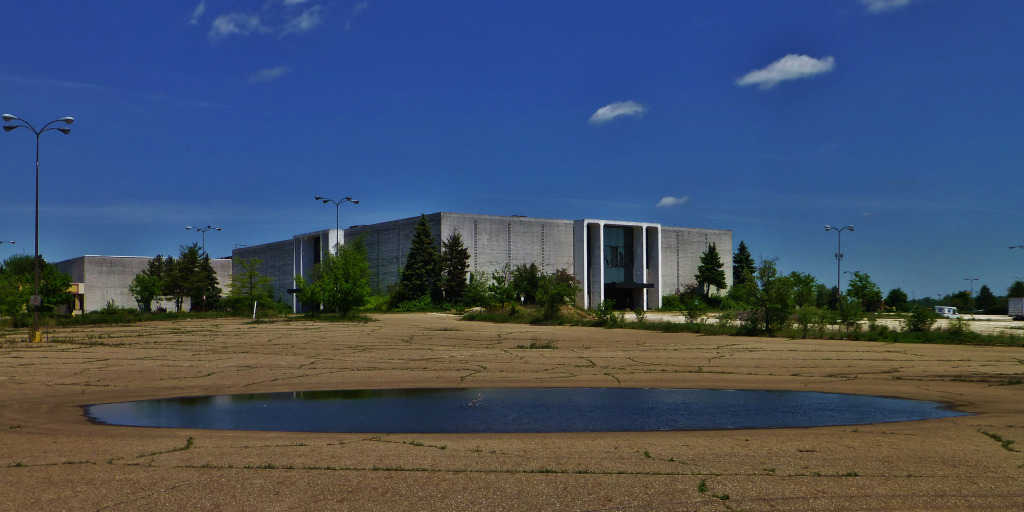The Afterlife Of America’s Dead Malls
Ellen Dunham-Jones, a professor of architecture and urban design at Georgia Tech, explained to NPR that the problem started when American developers have simply built more retail space than we need. We could manage just fine with about half of the space we have. Fine, then: how do we reuse the dying and dead malls that we have?
One interesting idea is to turn former malls into mixed-use developments with housing, retail, and dining all in one spot. Such developments can increase tax revenue and decrease automobile traffic by putting more people and businesses in the same space that sprawling malls once took up. If you can walk downstairs from your condo to run routine errands, you don’t need to get in your car.
Any kind of business or institution that requires lots of space and parking can take over a former mall. Some have found new life as medical complexes, college campus extensions, civic centers, and even churches. Yep, churches.
Here’s What’s Becoming Of America’s Dead Shopping Malls [NPR]
Want more consumer news? Visit our parent organization, Consumer Reports, for the latest on scams, recalls, and other consumer issues.


